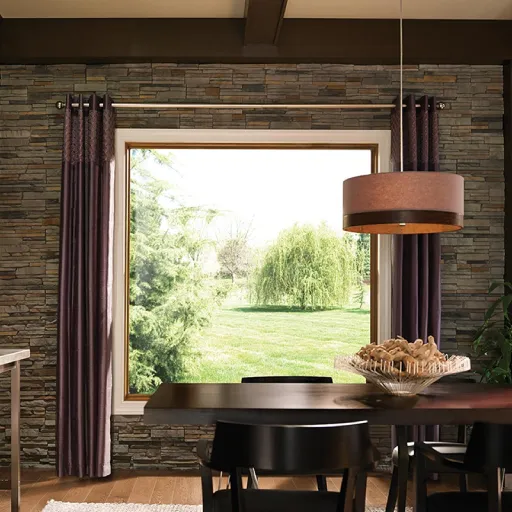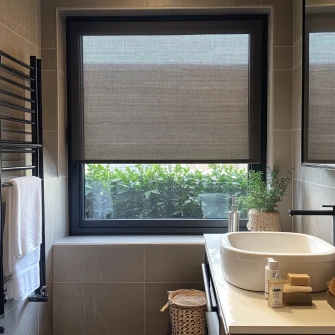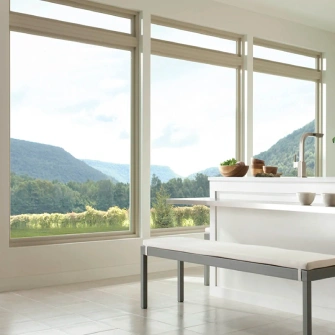Best choose
What Are Picture Windows?
Picture windows, sometimes called fixed windows, are large, stationary units designed primarily to maximize views and allow ample sunlight into a room. Unlike operable windows (such as casement or double hung), picture windows have no moving parts, which enables them to maintain a tighter seal for better energy efficiency and enhanced structural integrity.

Wide Glass Area
Picture windows often feature large panes of glass that create a panoramic effect, making them ideal for showcasing outdoor views or letting in abundant daylight.
Fixed Frame
Since picture windows do not open, they typically have fewer components - no hinges, handles, or sashes–leading to a cleaner look.
Energy Efficiency
With fewer gaps and seals than operable windows, picture windows can reduce the risk of air leaks, potentially improving insulation and lowering energy bills.
Benefits of Picture Windows
- Natural Light
Because they usually span a significant portion of the wall, picture windows flood interiors with sunlight. - Uninterrupted Views
Picture windows function as a frame for the outdoors, whether you’re looking at a sprawling city skyline, a lush backyard, or a tranquil wooded area. This makes them a popular choice in living rooms, dining areas, and other high-traffic zones where you want an unobstructed vista. - Design Versatility
Picture windows are available in a wide range of shapes and sizes, allowing them to blend seamlessly with various architectural styles, from ultra-modern homes to rustic cottages. They can also be combined with other window types (e.g., casement or awning windows on either side) to create a visually striking focal wall. - Reduced Maintenance
Without moving parts, picture windows have fewer components prone to wear or damage. This can translate to lower long-term maintenance costs. Basic cleaning and regular inspections for seal integrity typically suffice to keep them in excellent condition.



Frequently Asked Questions (FAQ)
Do picture windows provide good insulation, even though they’re large?
Yes, quality picture windows with modern insulating technologies—such as Low-E glass and gas fills—can offer excellent thermal performance. Because they lack operable parts, they also generally have fewer points of air leakage.
Can I pair picture windows with other window types for ventilation?
Absolutely. Many homeowners install casement or awning windows on either side of a central picture window. This setup maintains a panoramic view while providing airflow when needed.
Are picture windows a good choice for energy efficiency in very cold or very hot climates?
They can be. Opt for double- or triple-pane glass, Low-E coatings, and quality frames. Proper installation is critical to minimize drafts and heat loss or gain.
What sizes do picture windows come in?
They can range from small accent windows to massive floor-to-ceiling installations. Custom sizing is widely available, but ensure your home’s structure can handle the load if you’re going for extra-large panes.
How can I maintain privacy with such a large window?
Consider installing window treatments like blinds, shades, or curtains. Alternatively, decorative films or tinting can provide privacy without completely blocking the view.
Is a picture window suitable for a bedroom?
It can be, as long as you meet egress requirements elsewhere (e.g., via an operable window or door). Because picture windows do not open, they cannot serve as an escape route in emergencies.
Will a picture window add value to my home?
Generally, yes. High-quality windows that enhance a home’s aesthetic and improve energy efficiency can positively impact resale value. Additionally, the increased visual appeal and natural light often make your property more attractive to potential buyers.


